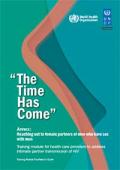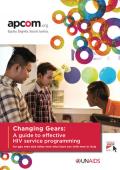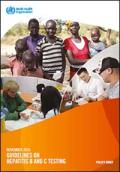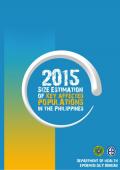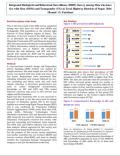Publications on Men Who Have Sex With Men (MSM)
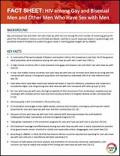
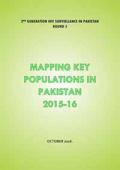
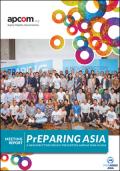
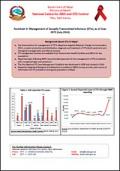
Background about STIs in Nepal:
- Key interventions for management of STI in Nepal are targeted Behavior Change Communication (BCC), condom promotion and distribution, diagnosis and treatment of STIs (both syndromic and etiological management) and referral services.
- STI management services are available from Government Health Facilities and NGOs for key population.
- Nepal has been following WHO recommended approach for the management of STIs in patients with recognized signs and symptoms.
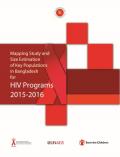
Countries experiencing concentrated epidemics of HIV need the size of key populations (KPs) to guide the national response on HIV and AIDS. Conducting a robust method to estimate the size of KPs is quite challenging as most of them are hidden and do not want to disclose their identity due to stigma and discrimination associated with their behaviour. KPs in Bangladesh include female sex workers, people who inject drugs, men who have sex with men including transgender/Hijra and sex workers, and clients of sex workers in the country or abroad.






